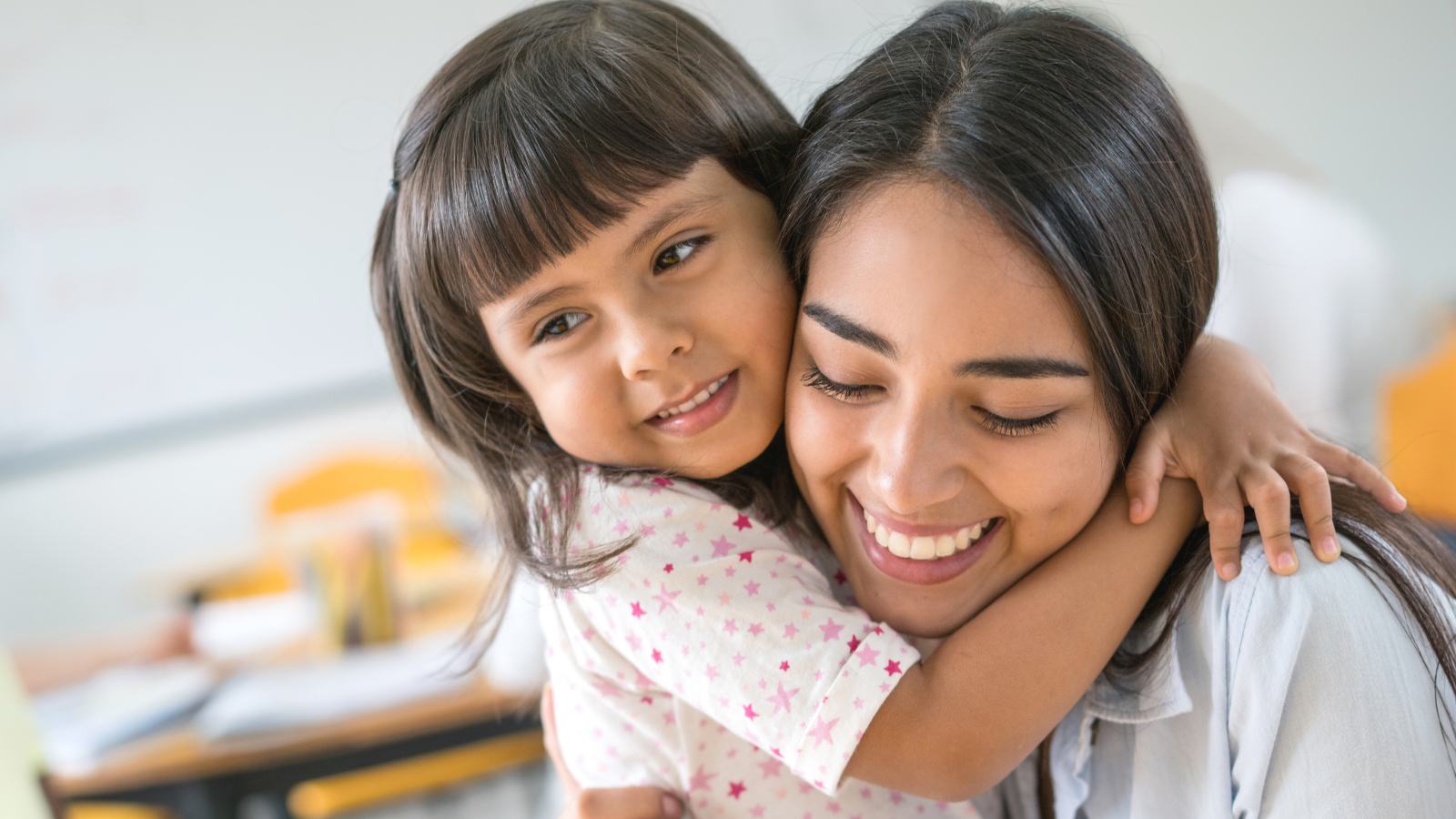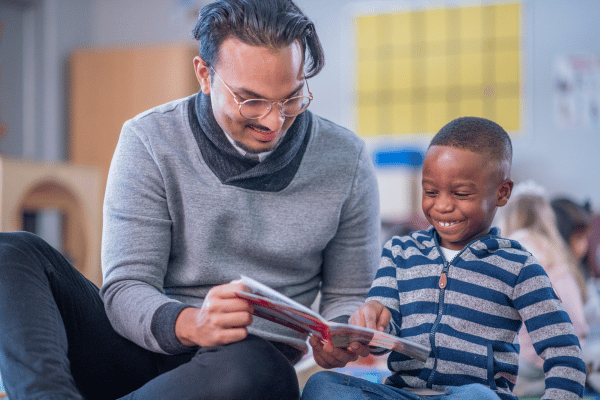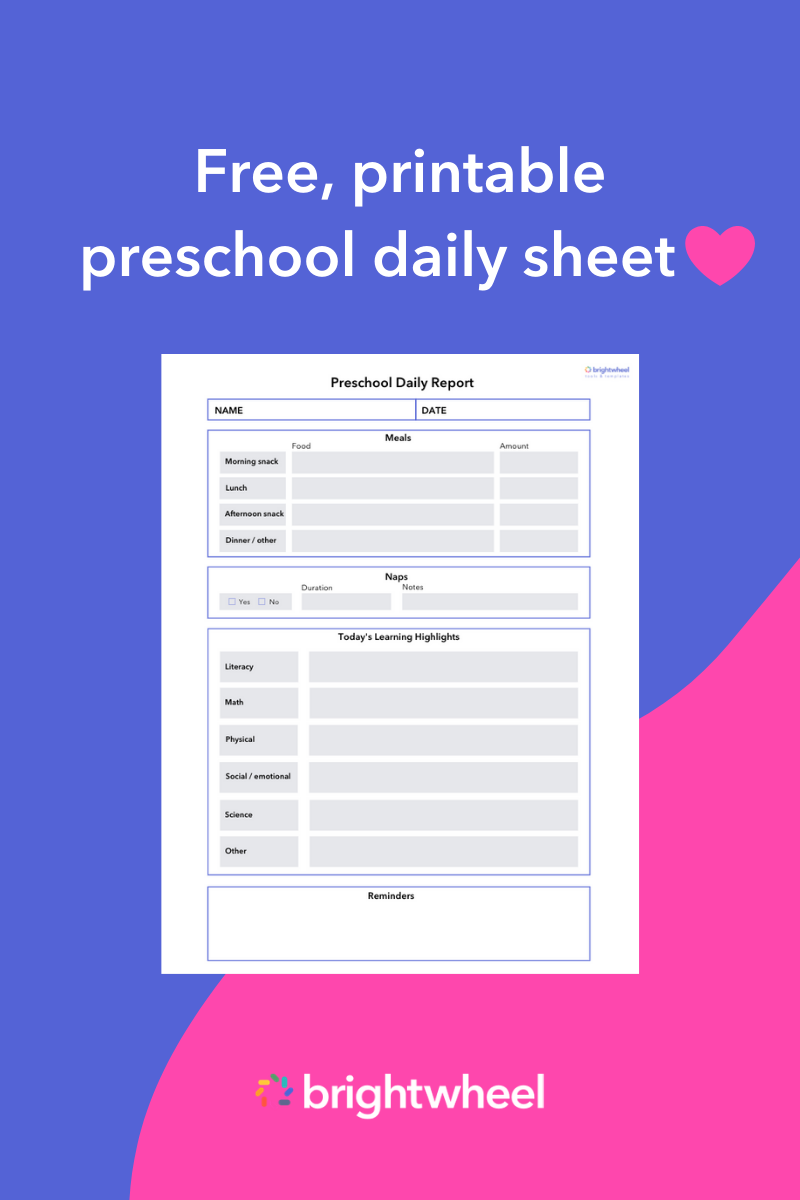
Early childhood is a time where our experiences—big or small—can have a lasting effect. A sense of safety and security are two markers of quality care that allow children the comfort to learn and develop the knowledge and skills they need to function as well-adjusted adults. However, there are several uncontrollable situations that can arise that might threaten this comfort. These sometimes negative, or even traumatic, instances—called adverse childhood experiences (ACEs)—can occur during a child’s early development.
Fortunately, as an educator, you play a meaningful role in supporting and helping children work through and manage these experiences. With the right information and approach, not only can you identify symptoms of ACEs, but you can also address its root causes, promote trauma recovery, and create a safe space for all the children in your care.
Keep reading to learn more about adverse childhood experiences and how you can create an environment of understanding and security in your early childhood education program.
What are adverse childhood experiences (ACEs)?
Not all negative or unpleasant situations that a child encounters are necessarily adverse childhood experiences. An adverse childhood experience is a traumatic event that occurs before the age of 18. What distinguishes them from typical negative situations is the potential impact of trauma and long-term effects. ACEs can include a variety of circumstances, grouped into the following categories: abuse, neglect, household challenges, substance abuse, incarceration, violence, and mental illness. Some specific examples of ACEs include:
- Emotional, physical, or sexual abuse
- Experiencing a mentally ill family member
- Domestic violence
- Physical or emotional neglect or abandonment
- Divorce or separation of parents or caregivers
- Having an incarcerated family member
- Witnessing or experiencing violence
- Experiencing a family member attempt, or die by, suicide
- Witnessing substance abuse or alcoholism
Symptoms of adverse childhood experiences
The effects of these traumatic experiences can manifest in a variety of ways. Since they affect children’s emotional, physical, and cognitive development, you may notice multiple symptoms present themselves at once. If a child is displaying any of these symptoms for an extended period of time, it’s possible they have experienced an ACE:
- Trouble sleeping
- Language delay
- Easily startled
- Sadness, irritability, or aggression
- Loss of prior developed skill
- Difficulty paying attention
- Difficulty problem-solving
- Headaches or body aches
- Avoiding adults or peers
- Passive or anxious behavior
How do adverse childhood experiences affect development?
An adverse childhood experience can impact a child’s development in multiple ways. Even going into adulthood, ACEs can have lasting effects on brain function, stress-response systems, decision-making, learning, and physical and mental health. These effects are so expansive and intrusive, they can even be passed on genetically as well.
Adverse childhood experiences can also cause something called toxic stress. This occurs when stress floods the body so intensely that it can negatively impact the body’s immune system, cardiovascular system, nervous system, or metabolism. Development in the areas of the brain that control logical thinking, memory, and emotional responses can also be impacted. For children specifically, this bodily trauma can affect their overall development, ability to learn, decision-making, and attention span. This can make it more difficult for them to form healthy and stable relationships, cause them to struggle in school, and lead to behavioral issues.
Addressing adverse childhood experiences early is imperative because the effect they have on the brain is not permanent and can actually be worked against and reversed. Understanding ACEs, their symptoms, and their effects is the first step toward helping children to overcome them. Even children who may be at an increased risk of experiencing an ACE can still be helped with informed care and training.

Raising awareness of ACEs
ACEs are more common than most realize. In a survey, the CDC found that 60% of adults experienced at least one ACE before age 18, while one in six reported experiencing at least four or more. ACEs have many long-term consequences and can manifest into chronic health problems, mental illness, and substance use problems. The goal of ACE awareness is to help children at risk for ACEs by preventing them. By raising awareness of ACEs, you can help promote safe relationships and environments for children, change how people think about the causes of ACEs, reduce the stigma associated with parents seeking help, and shift the focus from individual responsibility to community solutions.
As an educator, you’re likely to support each child individually while in the classroom; however, it’s important to address the problem as a community. Educators can push for a strong developmental start for children by providing high-quality child care and programs that promote family engagement. By promoting mentoring or after-school programs, children can participate in activities while they connect with their peers and caring adults. With the right approach, educators can advocate for strengthening economic support to families and teaching social-emotional learning, parenting skills, and trauma intervention—all of which help create homes and communities where children can thrive.
ACEs training for educators
The best way for teachers and schools to support children when it comes to adverse childhood experiences is to have a trauma-informed approach. Creating an overall culture built around understanding, treating, and recovering from trauma gives children the support they need. This starts with knowing how to identify the symptoms of an ACE and being able to ask, “What happened that is causing this behavior”, instead of just, “What is wrong with you?”
An atmosphere of emotional and physical safety benefits all children (as well as teachers), not just those who are recovering from a traumatic experience. This culture can even help prevent ACEs from occurring and lessen the initial effects when one does occur. Some ways that teachers and families can cultivate this environment are to:
- Recognize and understand when disruptive behavior is a coping mechanism for trauma
- Teach children self-soothing behaviors
- Help children monitor their emotions and reflect on them
- Coordinate support meetings and intervention processes with administrators and other teachers
- Normalize and exemplify healthy coping mechanisms for intense emotions
- Develop individual relationships with each child built on trust and mutual respect
- Understand the types of ACEs, how to identify their effects on children’s behavior, and how to reverse those effects
If you suspect or have confirmed that a child has experienced an adverse childhood experience, it’s important to act. The biggest way to help a child after an ACE is to provide support. Be gentle, kind, and patient in your approach. Focus on fostering positive relationships with your children and cultivating a safe learning environment.
Create a safe space for all children
Teachers and families do as much as possible to protect children, but traumatic experiences can still occur. The best way for teachers and schools to support children, whether they have had an ACE or not, is to create a safe and secure environment for them. This atmosphere is the best for their overall development and growth. The sooner you can create this in your classroom and school, the sooner your children will have some protection against the effects of adverse childhood experiences.

